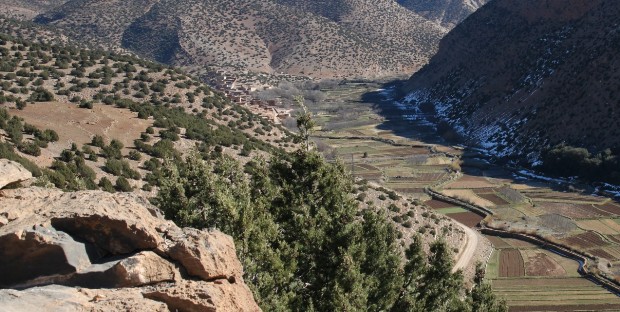Scientific analysis and places of discovery

FOSSIL WOOD
Sample: Fossilized wood
Age: Messinian ( 5-7 milion year )
Origin: Piedmont (province of Asti)
The sample owes its excellent conservation to the silty-clayey matrix of the enclosing deposits; these conditions have allowed a particular and unique fossilization of its kind in that characterized by the association of three different minerals: silica, chalcedony microcrystals and, occasionally, calcite crystals.
From the paleoenvironmental point of view, the sedimentation of these woods probably took place in areas lakes and marshes in which the scarce presence of oxygen favored the preservation almost perfect of all the characteristic structures of the trunk.

Places of discovery



FOSSIL SHELL PETTINE
Sample: Fossilized Shell
Age: Pliocene ( 2-5 milion year )
Origin: Piedmont (province of Asti)
The samples are perfectly preserved thanks to fossilization by encrustation, mainly composed of calcium carbonate. The finding occur in Pliocene sands with very fine grain size and sedimented layer by layer, at abouth 200 meters above sea level.
Places of discovery



FOSSIL SHELL AMMONITE
Sample: Fossilized Shell (cephalopod mollusk)
Age: Cretacico Inferiore, Albiano ( 100-113 milion year )
Origin: Madagascar
The sample is perfectly preserved, thanks to a fossilization in clayey sediments of marine origin,this has preserved the original mother-of-pearl coating.
Composed mainly of silicon, calcite and aragonite.
Places of discovery



FOSSIL SHARK TOOTH
Sample: Fossilized Tooth
Age: Miocene Medio, Langhiano ( 15 milion years )
Origin: Belgio, Anversa (province of Antwerp)
The excellent conservationis due to direct fossilization
through molecular substitution, mainy composed of calcium
carbonate.
Antwerpen Shark Teeth, or Antwerp shark teeth, are shark tooth fossils that have been found in the Antwerp region of Belgium. These fossils date back to the Miocene period, which is about 23 to 5 million years ago. Antwerp shark teeth are known for their quality and variety.
They are often well preserved and can vary in sizeand shape. Some teeth can be very large, even reaching 5 centimeters in length. These fossils were first discovered in the 19th century during gravel mining in the Antwerp
region. The extracted gravel was used for the construction of roads and buildings, and in the process fossils were discovered and collected.
Places of discovery



FOSSIL SHARK TOOTH
Sample: Fossilized Tooth
Age: Cretaceo Superiore ( 70 milion years )
Origin: Marocco, Erfoud
The Erfoud mines are famous for their wealth of fossils,especially ammonites and shark teeth.Erfoud is a city located in the Drâa-Tafilalet region ofMorocco, and is known as the "capital of fossils".The Erfoud Fossil Mines were discovered in the 1970sand have since become one of the main tourist attractionsin the region. They are located in the Sahara Desert andare rich in layers of sedimentary rocks that contain a widerange of marine fossils.These fossils provide important information about theregion's geological history and marine life that existedmillions of years ago. The fossil mines are open to visitorsand offer the opportunity to join guided tours to explorethe mines and search for fossils.
Places of discovery






